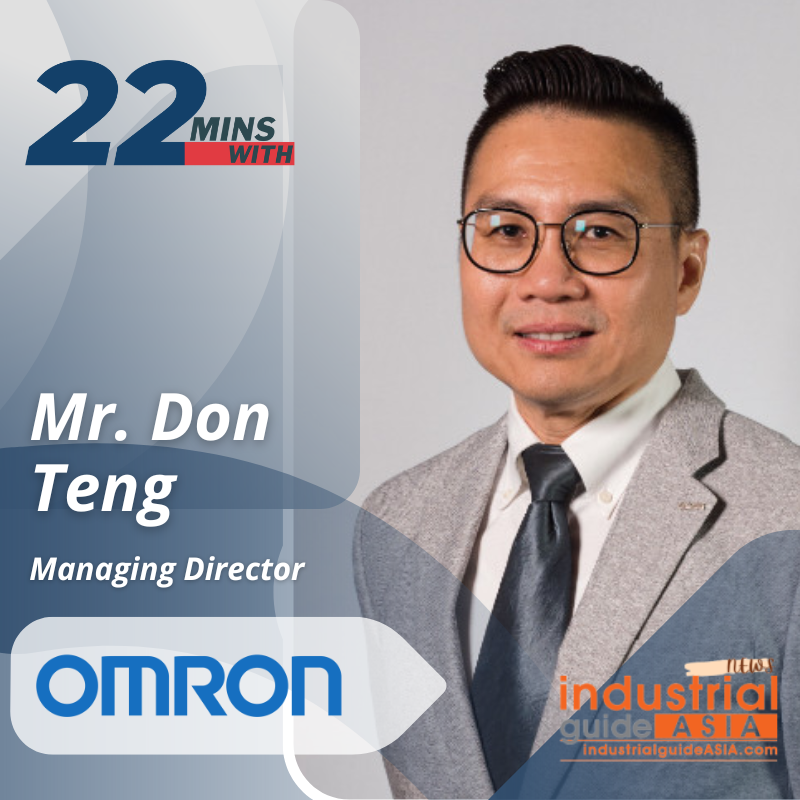
Kawasaki Heavy Industries, Ltd. announced today it has delivered the 84,000capacity liquefied petroleum gas (LPG) carrier CRYSTAL OASIS (Kawasaki hull No. 1752) for KUMIAI NAVIGATION (PTE) LTD. This is the 67th LPG carrier built by the company.This vessel is a dual-fuel LPG carrier using LPG and low-sulfur fuel oil, and their fourth 84,000 m LPG carrier adopting a dual-fuel main engine.
In recent years, in order to effectively reduce emissions of greenhouse gases from international shipping, more vessels are adopting liquefied gases as an alternative to heavy fuel oil on a global scale. This very large LPG carrier is powered by LPG, which reduces greenhouse gas emissions and is expected to significantly reduce environmental impact. It is the fruit of the Kawasaki Group’s accumulated knowledge in building LPG and liquefied natural gas (LNG) carriers, and LNG-fueled vessels.
Kawasaki plans to develop and build more LPG-fueled LPG carriers, LPG/NH3 carrier, and other commercial vessels that meet environmental standards, as well as to develop and offer other eco-friendly marine technologies, to contribute to the establishment of a low-carbon/decarbonized society. These products include vessels for transporting liquefied hydrogen, considered to be the next-generation energy source.
Specifications Length overall229.90 mMolded breadth37.20 mMolded depth21.90 mMolded draft11.60 mSpeedApprox. 17.0 knCrew complement29Gross tonnage49,943 TDeadweight55,090 tCargo tank capacity84,244Main engineOne set of Kawasaki-MAN B&W 7S60ME-C10.5-LGIP diesel engine classification/country of registration Nippon Kaiji Kyokai (ClassNK) / Singapore Delivery date
- This LPG carrier operates using both LPG and low-sulfur fuel oil. Use of LPG as fuel greatly reduces emission volumes of sulfur oxides (SOx), CO and other pollutants compared with use of marine fuel oil. In this way, the new vessel will meet SOx emission standards which were strengthened in January 2020, and EEDI Phase 3 regulations which will further strengthen CO emission standards.
- In order to satisfy restrictions on NOx TierⅢ controls emissions which is implemented by the International Maritime Organization (IMO), the main engine and generator are equipped with a Selective catalytic reduction (SCR) System, An exhaust gas purification system to reduce NOx, which allows the ship to navigate in Emission Control Area (ECA).
- Installation of LPG fuel tanks on the ship's upper deck makes it possible to load fuel-use LPG separate from the ship's cargo LPG. Moreover, a piping system connecting the LPG fuel tanks and LPG cargo tanks enables transferring of extra LPG to the LPG fuel tanks if necessary.
- This Vessel has successfully achieved very flexible and practical design through the combination of shallow draft hull form and high compatibility with terminals and their land facility as the result of complying with OCIMF Mooring Equipment Guidance 4th Edition and ExxonMobil Criteria MESQAC 2017 as practical as possible.
- This vessel adopts the Kawasaki rudder bulb system with fins (RBS-F) and the semi-duct system with contra fins (SDS-F) which contribute to reducing fuel consumption.





.png)
%20(20).png)
%20(19).png)
%20(18).png)
%20(2).png)
%20(4).png)
%20(5).png)
%20(10).png)
.png)
%20(1).png)
%20(10).png)
%20(8).png)
%20(7).png)
%20(2).png)
.png)
%20(1).jpg)
%20(6).png)
%20(5).png)
%20(4).png)
%20(3).png)
%20(1).png)
.png)



.png)

%20(1).png)
.png)
.png)
%20(2).png)
.png)

.png)












